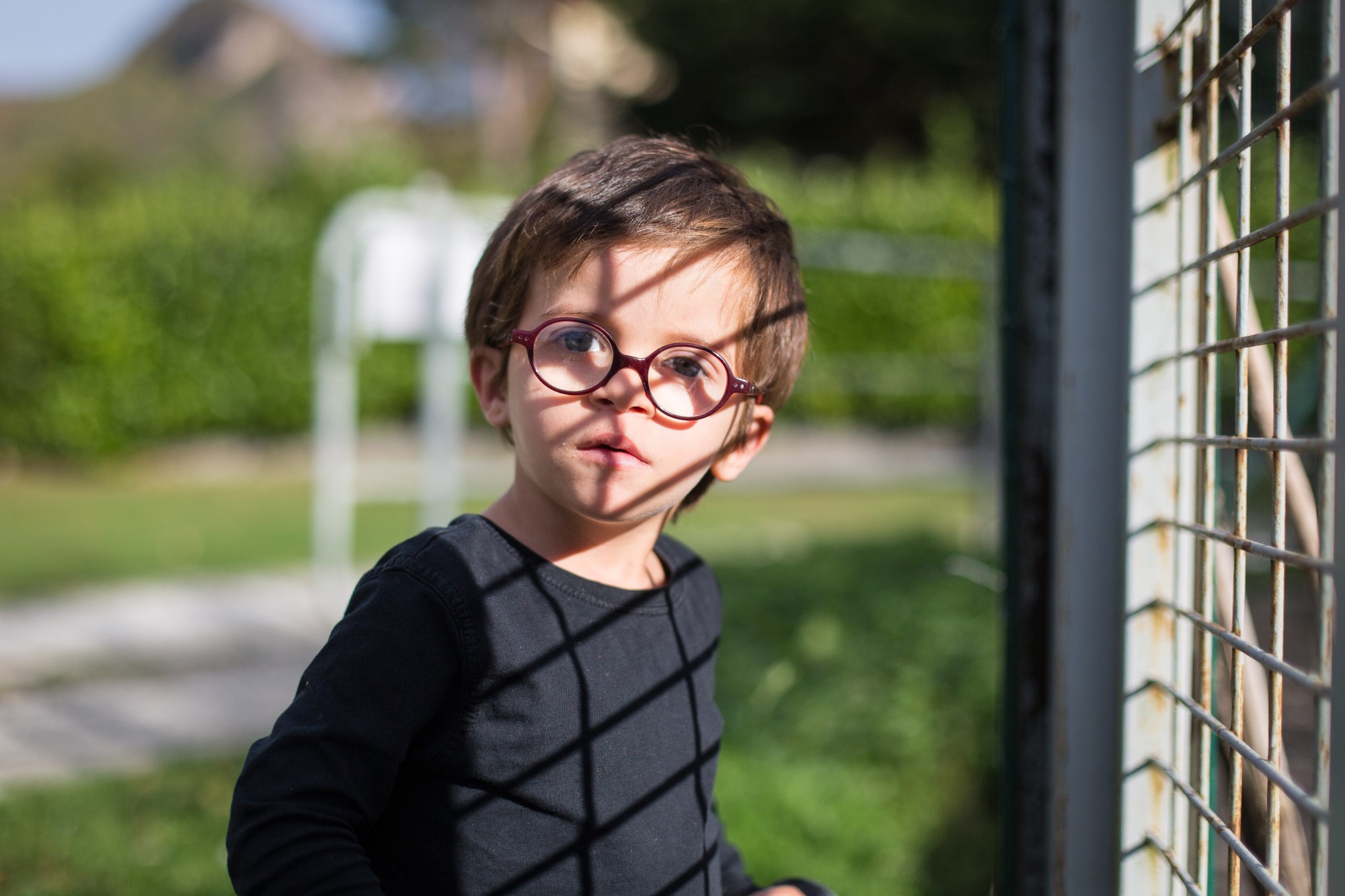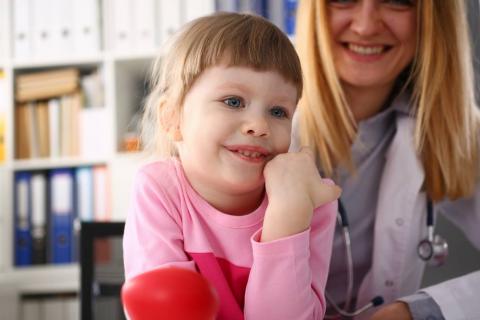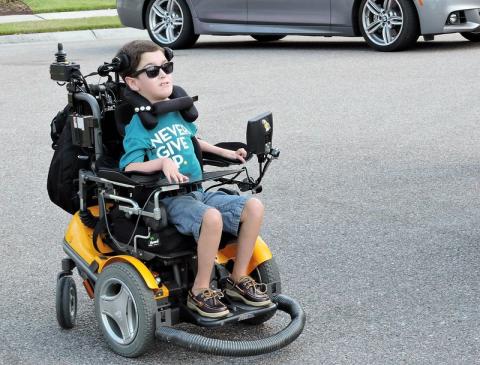What is a rare disease?
Rare diseases are basically defined by their frequency in the population. Criteria vary from place to place, but in Europe a disease is considered rare when it affects at most one person in 2,000. In general, they are chronic and degenerative, in many cases becoming disabling.
How many are there and how many people are affected?
It is estimated that there are between 6,000 and 7,000 diseases considered rare which, overall, affect a percentage of the global population of between 3.5 and 5.9%. As not all cases have been diagnosed, it is assumed that the real percentage is at least 6%. This means that there are about three million people with a rare disease in Spain and about 400 million worldwide. As patient associations often proclaim, every rare disease is unusual, but it is not so rare to suffer from one.
Do they all have similar frequencies?
No. Although they must all meet the agreed definition, there are many variations among them. As Lluís Montoliu, researcher at the National Center for Biotechnology (CNB-CSIC) and the Center for Biomedical Research Network on Rare Diseases (CIBERER-ISCIII) explains, "84.5% of rare diseases have a frequency of less than one case in a million. In fact, 80% of patients are grouped into 149 diseases only".
Are they always genetic?
No. Although most genetic diseases can be considered rare diseases, not all rare diseases are genetic. In particular, about 30% of rare diseases are not. For example, they may be autoimmune diseases, rare tumors or even infectious diseases.
Do they always affect children?
No, although they usually begin to manifest themselves early: 70% of rare diseases debut in childhood and can be very serious. Specifically, and according to data collected by the Federation of Rare Diseases (FEDER), "35% of deaths before the age of one year, 10% between 1 and 5 years and 12% between 5 and 15 years can be attributed to rare diseases". As Montoliu explains in his book Why does my child have a rare disease (2023), this means that "the total number of patients with rare diseases at any given time is always higher in adults".
Why is it said that they are in a situation of greater vulnerability with respect to patients with more common diseases?
In addition to the fact that they tend to be chronic and degenerative, the greater lack of knowledge about them, the scarcity of curative treatments or the fact that there are fewer experts and specialized centers are factors that add to the vulnerability of these patients. For Juan Carrión, president of FEDER, "the lack of information has a global impact on all areas of the process, both in obtaining a diagnosis and in the lack of research and, therefore, in the absence of treatments".
Has healthcare improved in recent years? What is the current situation?
"Patient associations have done an enormous amount of work, they have managed to increase the visibility of rare diseases and to make political decisions," explains Montoliu. At the European level, they have increased funding and information exchange networks. However, according to data published by FEDER, almost half of the patients do not feel satisfied with the health care received and 44% do not have the costs of their treatment fully covered.
For Juan Carrión, the main outstanding challenges "continue to be access to diagnosis and subsequently to adequate treatment. The lack of equity in access to resources -conditioned according to the geographical location of the families-, the fragmentation of information and research, the barriers to patient referral and, in general, the overall lack of knowledge surrounding the disease" continue to be some of the problems.
Montoliu acknowledges that care has improved, "specifically in diagnosis and follow-up and in the relationship between specialties". However, "funding is still very improvable, and the organization in 17 autonomous communities [with different policies and resources] creates differences depending on the place of residence." As for treatment coverage, this takes place when there is a specific treatment approved "and to which a price has already been set," he clarifies, "but symptomatic treatments, which improve the patient's quality of life, are not guaranteed."
On the other hand, many of the rare diseases cause alterations in development and require early care services. Although there is a draft law at state level to guarantee it universally, in practice it only works as a recommendation and depends on the resources provided by each Autonomous Community, which has the competencies. This means that there are profound inequalities in access depending on the place of residence. According to data from the Spanish Federation of Associations of Early Intervention Professionals (GAT), it is estimated that while in Catalonia practically 100% of children with these needs are attended, in Madrid, the Valencian Community, Galicia or the Basque Country less than 20% are attended.
Furthermore, these interventions "are performed from 0 to 3 or 6 years of age, [also] depending on each autonomous community, which introduces a factor of inequity in care that is unacceptable," criticizes José Ramón Fernández, a pediatrician at the Hospital Universitario Santa Lucía de Cartagena. "And its provision is not free in all the communities, with the families themselves having to assume the costs," he adds. For the specialist, "the interventions offered in early care should be provided free of charge throughout the country, with no waiting lists. Moreover, they should be maintained as long as the need persists, with no age limit, since children's problems do not magically disappear when they turn 3 or 6 years old".
How many treatments are there? What are orphan drugs?
Only about 5% of rare diseases have a specific approved treatment and only about 50 therapies are approved each year. An international rare disease consortium (IRDiRC) has proposed a target of 1000 new treatments by 2027.
One of the measures to encourage interest and investment is the designation of orphan drugs, those targeting diseases so rare that manufacturers are often not interested in developing them. Designation carries incentives, such as a ten-year exclusivity for marketing (twelve if for pediatric use) or a reduction in the cost of the necessary procedures.
"It has been a positive measure," Montoliu acknowledges, although it can also have derivations. For example, the description of new mutations and particularities in tumors means that many can be considered rare diseases. Or that the company that manufactures the antiviral remdesivir tried to market it as an orphan drug at the beginning of the covid pandemic, when it had still affected less than 200,000 Americans and could rely on the definition.
How long is the time to diagnosis, and why is it important to shorten it?
The IRDiRC targets for 2027 include that a rare disease should be diagnosed within one year. Despite the fact that times have improved significantly in recent decades, in Spain 56% of patients take more than a year to be diagnosed, with an average delay of about six years.
Although the vast majority of rare diseases have no curative treatment, a timely diagnosis is "the gateway to research," explains Carrión. In addition, delay can lead to "a worsening of the disease, inadequate treatment and a pilgrimage through the healthcare system in search of answers". For Montoliu, "the mere fact of giving a name to the disease is an enormous relief. It gives a certain sense of control, a peace of mind that is difficult to explain if you don't live it closely with them".
Some of the tools proposed to improve times are: improving scientific knowledge of the diseases, shortening waiting times, increasing staff or improving accessibility to other referral centers and easier referrals.
It is also important to improve neonatal screening. Although it is not feasible for this to cover all disorders, "in Spain it includes eleven rare diseases at the national level," explains Carrión, while there are "almost 60 in the United States and more than 40 in Europe. There are also "significant differences between autonomous communities: some, such as Murcia, screen for up to 40 diseases and others, such as the Valencian Community, the Canary Islands, the Balearic Islands and Asturias, only detect eight". In addition, "Spain is the only country in Europe without recognizing the health specialty of Genetics," says the president of FEDER, something that for Montoliu "is outrageous and cannot be explained".
On the other hand, FEDER also demands that, in the absence of diagnosis, the code "Rare disorder without a specific diagnosis" should be implemented, which according to Carrión "is key to knowing exactly how many people in this condition there are in each country".
What is the state of research?
The situation seems to have improved in recent years, with greater visibility and attention and an increase in projects funded by the European Union. For Montoliu, "from the year 2000 onwards there was a click", which in Spain was accompanied by the birth of CIBERER-ISCIII. According to the researcher, a key question that we should be able to answer is: "Is someone researching what my son or daughter has? To that end, the MAPER-CIBERER tool was born, an interactive map with the health research resources available in Spain on rare diseases. "We should be able to cover a good number of diseases," he says. "We currently reach about 1,500, but of the 149 major ones there is at least someone working on them."
However, funding is not enough. "We need more resources," warns Montoliu, "but not so much material, but human. We need to be able to hire more people capable of carrying out the projects."
How has it been represented in the press?
Some studies that have analyzed the treatment of rare diseases in the Spanish media seem to agree that it is a current topic of social interest, which is not only emerging but has become relevant in the press. However, they also conclude that in many cases they are "generic texts and that they are elaborated with little depth, with hardly any explanations or opinions, given that they only use one source". This is what has been called an "echoic" presence, i.e. "repetition of information from agencies and less in-depth analysis of the real situation". Although the humanization of these diseases and the approach and description of specific cases can be a valuable journalistic tool, other analyses call for "not resorting to the morbidity and pessimism characteristic of this type of information".
The opinion of the president of FEDER is more optimistic: "For our part, what we are left with is the great sensitivity of the media and their humanization, trying to project a positive and realistic vision of the cause. Of course, if we analyze each of the reports, there are certainly improvements to be identified, but on a general level, the work being done is very important and valuable".
This is also Montoliu's opinion, who recognizes that "sometimes people look for easy sentiment, but these are rather exceptions". For the researcher, the news should "contextualize the information well, without making us lose hope but with honesty, exposing the steps we can or cannot take". And he recalls the danger that media cases such as that of Nadia, whose illness was misrepresented and exploited by her family until they ended up being convicted of fraud. According to Montoliu, "cases like this can call into question the credibility of other reports, but they are an exception. The associations are asking for attention and resources because they really need them".
Where to find more information
Website of the Spanish Federation for Rare Diseases, FEDER
Portal of the Center for Biomedical Research in Rare Diseases Network, CIBERER-ISCIII
Map of health research resources for rare diseases, MAPER-CIBERER
Page of the Ministry of Health with the Centers, Services and Reference Units in the National Health System
Portal on rare diseases and orphan drugs, ORPHANET
International Rare Diseases Consortium, IRDiRC
EURORDIS European network page
European Union page on rare diseases
European Joint Programme Rare Diseases scientific projects page
European Medicines Agency (EMA) page on orphan drugs



